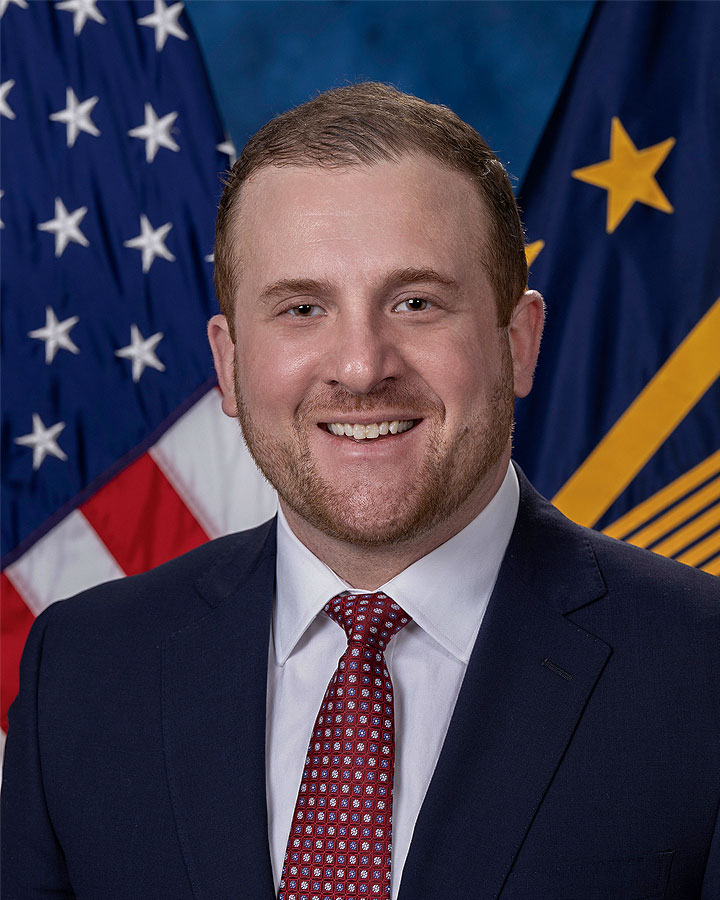Secretary of Veterans Affairs
The Secretary of Veterans Affairs oversees VA in its mission to provide health, education, disability, funerary, and financial benefits earned by Veterans of the United States Armed Forces.
Deputy Secretary of Veterans Affairs
The Deputy Secretary of Veterans Affairs is the second-highest-ranking officer and serves as the Chief Operating Officer.
Popular online VA resources
- My HealtheVet
- Refill and track your prescriptions
- Check your claim or appeal status
- Mental health
- State Departments of Veterans Affairs office locations
- Resources and support
- VA health care
- VA disability compensation
- VA education and training benefits
- VA medical records
- VA mobile apps
- Your VA payment history
- Reach – Get support and resources
Contact us
You can call the VA’s main information line at 800-698-2411 (TTY: 711) or use one of the other contact methods available.
Use Ask VA to send us your questions, updates, and documents online. Contact us online through Ask VA
Media inquiries should be directed to the Office of Media Relations at vapublicaffairs@va.gov
Our Missions
In addition to our primary mission, VA carries out four specific missions to make good on our commitment to Veterans and other beneficiaries.
Veterans Health Care
VA’s Veterans Health Administration is the largest integrated health care network in the United States, with 1,255 health care facilities serving 9 million enrolled Veterans each year.
Veterans Benefits
Veterans can earn a range of benefits that help them transition back to civilian life in the country they fought to defend. Through the Veterans Benefits Administration, VA helps service members transition out of military service, and assists with education, home loans, life insurance and much more.
National Cemeteries
The job of the National Cemetery Administration is to make sure those who served this nation are never forgotten. NCA provides dignified burial services for Veterans and eligible family members by maintaining more than 150 cemeteries as national shrines and provides digital memorialization at the Veterans Legacy Memorial to commemorate their legacy, service and sacrifice to our nation.
The Fourth Mission
VA’s “Fourth Mission” is to improve the Nation’s preparedness for response to war, terrorism, national emergencies, and natural disasters by developing plans and taking actions to ensure continued service to Veterans, as well as to support national, state, and local emergency management, public health, safety and homeland security efforts.

Our Core Values – ICARE
Integrity: Act with high moral principle. Adhere to the highest professional standards. Maintain the trust and confidence of all with whom I engage.
Commitment: Work diligently to serve Veterans and other beneficiaries. Be driven by an earnest belief in VA’s mission. Fulfill my individual responsibilities and organizational responsibilities.
Advocacy: Be truly Veteran-centric by identifying, fully considering, and appropriately advancing the interests of Veterans and other beneficiaries.
Respect: Treat all those I serve and with whom I work with dignity and respect. Show respect to earn it.
Excellence: Strive for the highest quality and continuous improvement. Be thoughtful and decisive in leadership, accountable for my actions, willing to admit mistakes, and rigorous in correcting them.
VA Milestones
1989
On March 15, VA became the 14th Department in the President’s Cabinet.
1988
Legislation to elevate VA to Cabinet status was signed by President Reagan.
1973
The National Cemetery System (except for Arlington National Cemetery) was transferred by the Army to VA.
1953
The Department of Veterans Benefits was established, succeeded in 1989 by the Veterans Benefits Administration.
1946
The Department of Medicine and Surgery was established, succeeded in 1989 by the Veterans Health Services and Research Administration, and renamed the Veterans Health Administration in 1991.
1944
On June 22, President Roosevelt signed the “Servicemen’s Readjustment Act of 1944” (Public Law 346, passed unanimously by the 78th Congress), offering home loan and education benefits to Veterans.
1933
The Board of Veterans Appeals was established.
1930
The Veterans Administration was created by Executive Order 5398, signed by President Herbert Hoover on July 21, 1930. At that time, there were 54 hospitals, 4.7 million living Veterans, and 31,600 employees.





